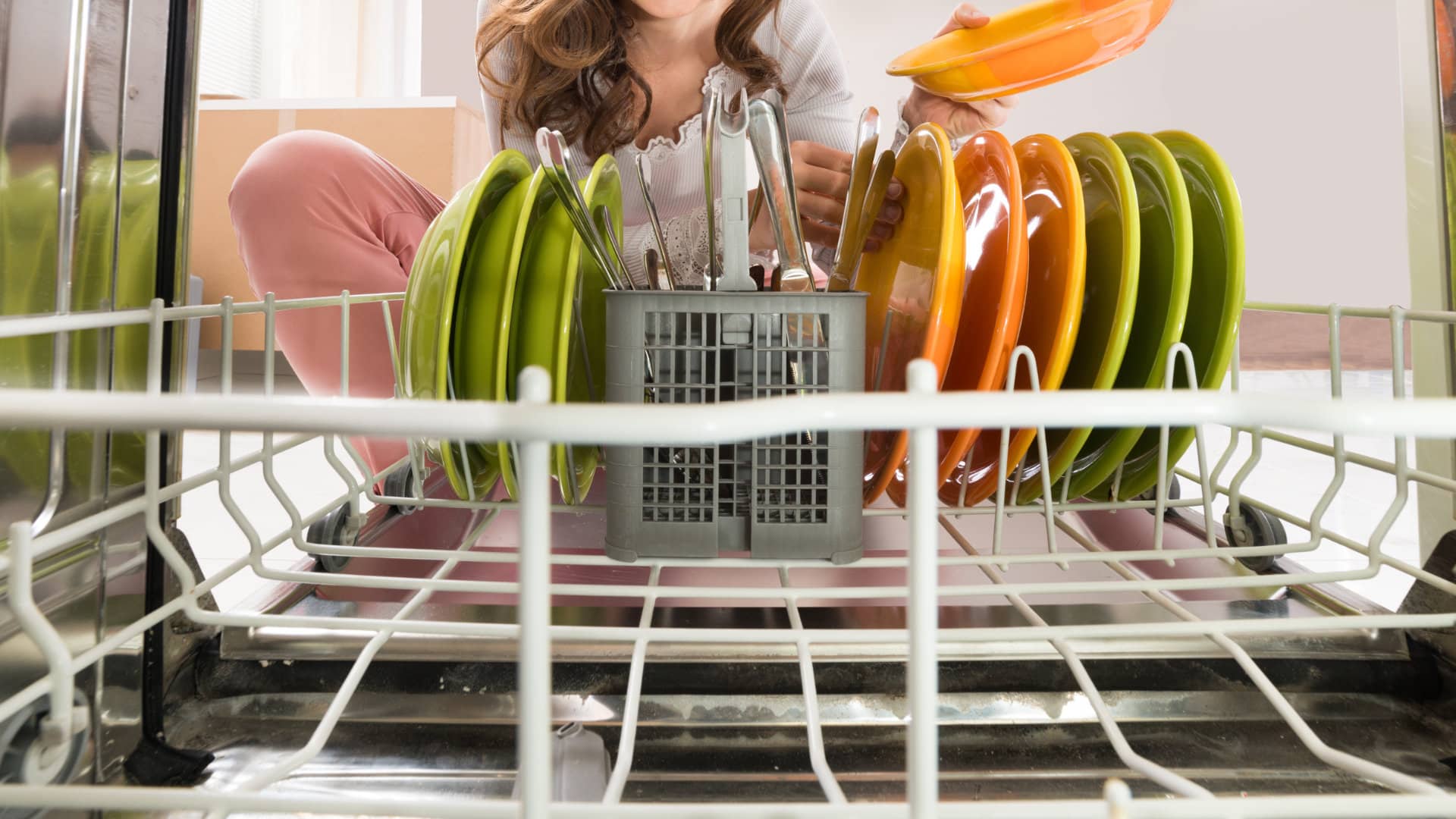
If your LG refrigerator is not functioning correctly, it will likely be one of five common problems. To help you fix the problem, we have put together this extensive guide. For each problem, we give you instructions on how to fix the underlying cause of it so you can get your appliance working correctly again.
1. LG refrigerator not cooling
If your LG refrigerator isn’t cooling properly, it will likely result from a faulty component within your appliance. Likely suspects include the condenser coils, the condenser fan, the start relay, and the evaporator fan.
Follow these instructions to find out why your refrigerator isn’t cooling:
- Check the temperature is set correctly. According to LG, your refrigerator should be set to 37°F and the freezer to 0°F. Before checking any of the components, ensure your fridge is set to the correct temperature.
- Check the condenser coils. If the temperature is set correctly, the next step is to check the condenser coils to ensure they aren’t dirty or frosted. If the coils aren’t able to function correctly, the air in your fridge will be warmer than it should be. Checking the coils requires you first to locate them at the back of your fridge and then give them a good clean. Once clean, monitor your LG refrigerator for a few hours to see if it can now cool. If it still isn’t cooling, check the evaporator fan.
- Check the evaporator fan. The evaporator fan is located in the freezer and is there to help keep your appliance cool. Checking the evaporator fan requires you to turn the power off and then locate the fan. Once found, make sure it can rotate around a full 360 degrees. If not, remove any objects obstructing it, or if it’s covered in ice, let it defrost before turning your fridge back on. If the fan can rotate correctly, you can test the motor with a multimeter for continuity. If it doesn’t have continuity, it will need to be replaced. If you don’t have a multimeter, get a technician to come and inspect your appliance.
- Check the condenser fan. If the evaporator fan isn’t the cause of your LG fridge not cooling, the next step is to check the condenser fan. The condenser fan is located at the back of the refrigerator. Checking the condenser fan requires you to turn the power off and locate the fan. Once found, make sure it can rotate around a full 360 degrees. If not, remove any objects obstructing it, or if it’s covered in ice, let it defrost before turning your fridge back on. If the fan can rotate correctly, you can test the motor with a multimeter for continuity. If it doesn’t have continuity, it will need to be replaced. If you don’t have a multimeter, get a technician to come and inspect your appliance.
- Check the start relay. If the condenser fan isn’t the cause of your LG fridge not cooling, the next step is to test the start relay. This component helps the compressor operate correctly. To test the start relay, turn the power off to your appliance and locate the start relay at the back of your fridge. You can then test it with a multimeter and, if faulty, replace it. You will need a technician to inspect your fridge if you don’t have a multimeter.
- Check the compressor. The final component to check is the compressor. However, you should only check the compressor if you have experience working with one, as it can be very dangerous. Before testing the compressor or calling a technician, you can check if a loud noise is coming from it by removing the back panel and listening to it operate. If there is a loud noise, this means the compressor is likely defective.
2. LG refrigerator isn’t making ice
Another common problem people have with LG refrigerators is the ice maker not working properly. Thankfully, most of the time, a faulty ice maker can be easily fixed and won’t require you to call a technician.
Follow these instructions to check your LG refrigerator ice maker:
- Reset your ice maker. The first action you should take is to reset your ice maker. Sometimes a simple reset will get your ice maker working again. To reset your ice maker, turn your refrigerator off for a few minutes before turning it back on again. If this doesn’t work, check the water filter.
- Check the water filter. The water filter in your fridge removes contaminants from the water supply. LG recommends that you replace your filter every six months. If your ice maker isn’t getting enough water, the problem may be a defective ice maker. Checking the water filter is as simple as locating and removing it so you can check it for any damage. If damaged, replace it.
- Check the temperature settings. The next step is to check the temperature settings. According to LG, your fridge should be set to 37°F and the freezer to 0°F. If the temperature is wrongly set, reset it.
- Check the door switch. The ice maker might not turn on if your refrigerator door won’t close properly. The door switch can be tested with a multimeter and, if faulty, replaced. If you don’t have a multimeter, call a technician to come and inspect your appliance.
- Replace the control board. The final component that might be faulty is the main control board. If you have tested every other component and the ice maker still doesn’t work, consider replacing the main control board.
3. LG refrigerator is making noises
The next common problem we want to highlight is when your LG refrigerator is making loud noises. When a loud noise occurs, one or more of the components within your fridge will likely be faulty and will need to be repaired or replaced.
These are the components that will need to be checked:
- The condenser coils. If the condenser coils are dirty, they may make a rattling noise. Checking the coils requires you to locate them at the back of your fridge and then clean them well. Once clean, monitor your LG refrigerator for a few hours to see if the noise has stopped. If not, check the evaporator fan.
- The evaporator fan. The evaporator fan can make a noise if it is obstructed from moving freely. Checking the evaporator fan requires you to turn the power off and locate the fan in the freezer. Once found, make sure it can rotate around a full 360 degrees. If not, remove any objects obstructing it, or if covered in ice, let it defrost before turning your fridge back on. If the fan can rotate correctly, check the condenser fan.
- The condenser fan. The condenser fan can also make loud noises if it is obstructed. The condenser fan is located at the back of the fridge. Checking the condenser fan requires you to turn the power off and find the fan. Once found, make sure it can rotate around a full 360 degrees. If not, remove any objects obstructing it, or if covered in ice, let it defrost before turning your fridge back on. If the noise is still occurring, check the drain pan.
- The drain pan. At the bottom of your refrigerator is a drain pan that is there to collect water. To check the drain pan, locate it, and inspect it for any signs of damage. If damaged, it will need to be replaced. If the drain pan isn’t damaged, check the compressor.
- The compressor. The compressor is the likely culprit if the noise is a loud humming noise. Checking the compressor is very dangerous, so you’re best to call a technician if the noise is coming from the compressor.
4. LG refrigerator is leaking
An LG refrigerator with a leak is another common problem. Most of the time, the leak is the result of a blocked drain or the tank assembly being damaged. These are straightforward problems to investigate and can usually be repaired without needing to call a technician.
Check these components to fix a leaking LG refrigerator:
- Check the water drain. At the bottom of your appliance is a drain to remove water from your appliance. Sometimes the drain can become frozen, which will stop water from being able to exit your fridge. To check the drain, locate it and then pour hot water down it. If blocked, this will unblock the drain.
- Check the water tank. If your fridge has a water tank inside of it, you need to check that the tank isn’t damaged in any way. If there is a crack in the tank, water will leak out of your fridge. To check the tank, locate it and thoroughly check for damage. If damaged, replace it.
- Check the inlet valve. The inlet valve opens to let water into your ice maker unit. If it is cracked, water may leak onto the floor. To check the inlet valve, locate it and check for any damage. If damaged, replace it.
5. LG Refrigerator showing an error code
If your LG refrigerator shows an error code, consult your user manual to determine what the code means. It should also give you instructions on how to remove the code. Before consulting your manual, reset your appliance, as the code could be showing by mistake. To reset your LG refrigerator, turn it off for 1 minute before turning it back on. If that doesn’t work, consult your user manual.
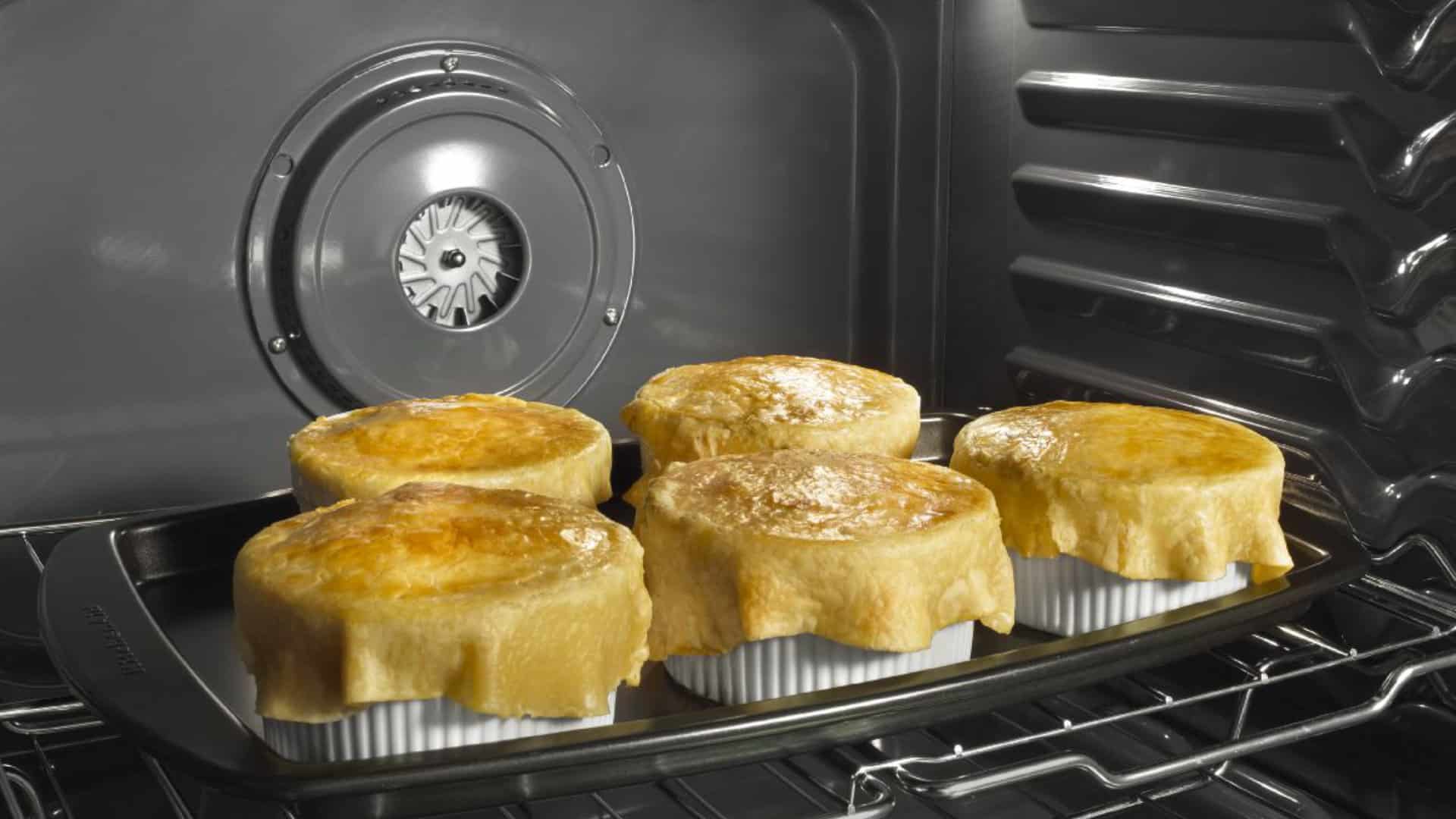
How to Fix Whirlpool Stove F9 Code
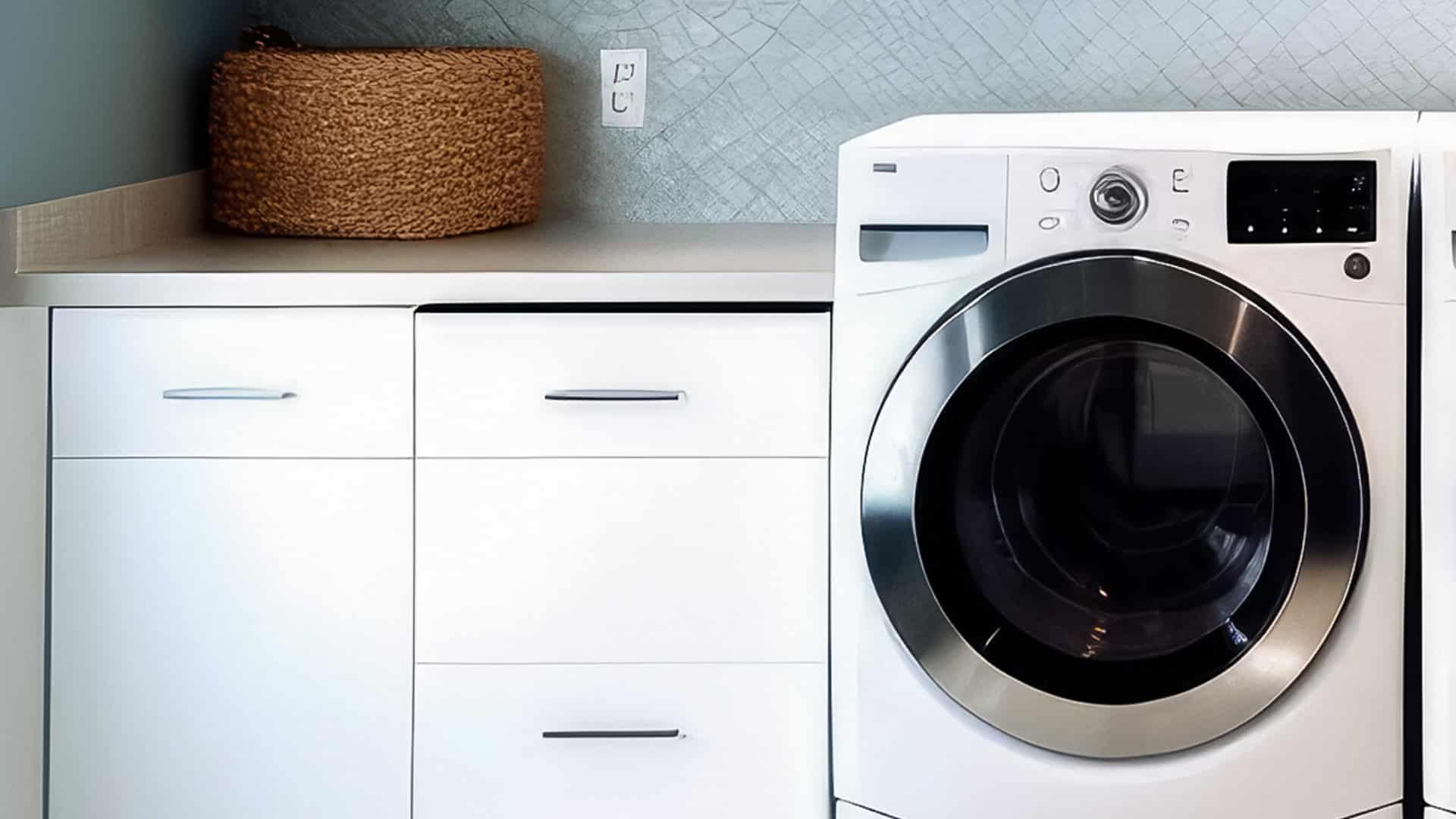
Fix Whirlpool Duet’s F20 Error Code
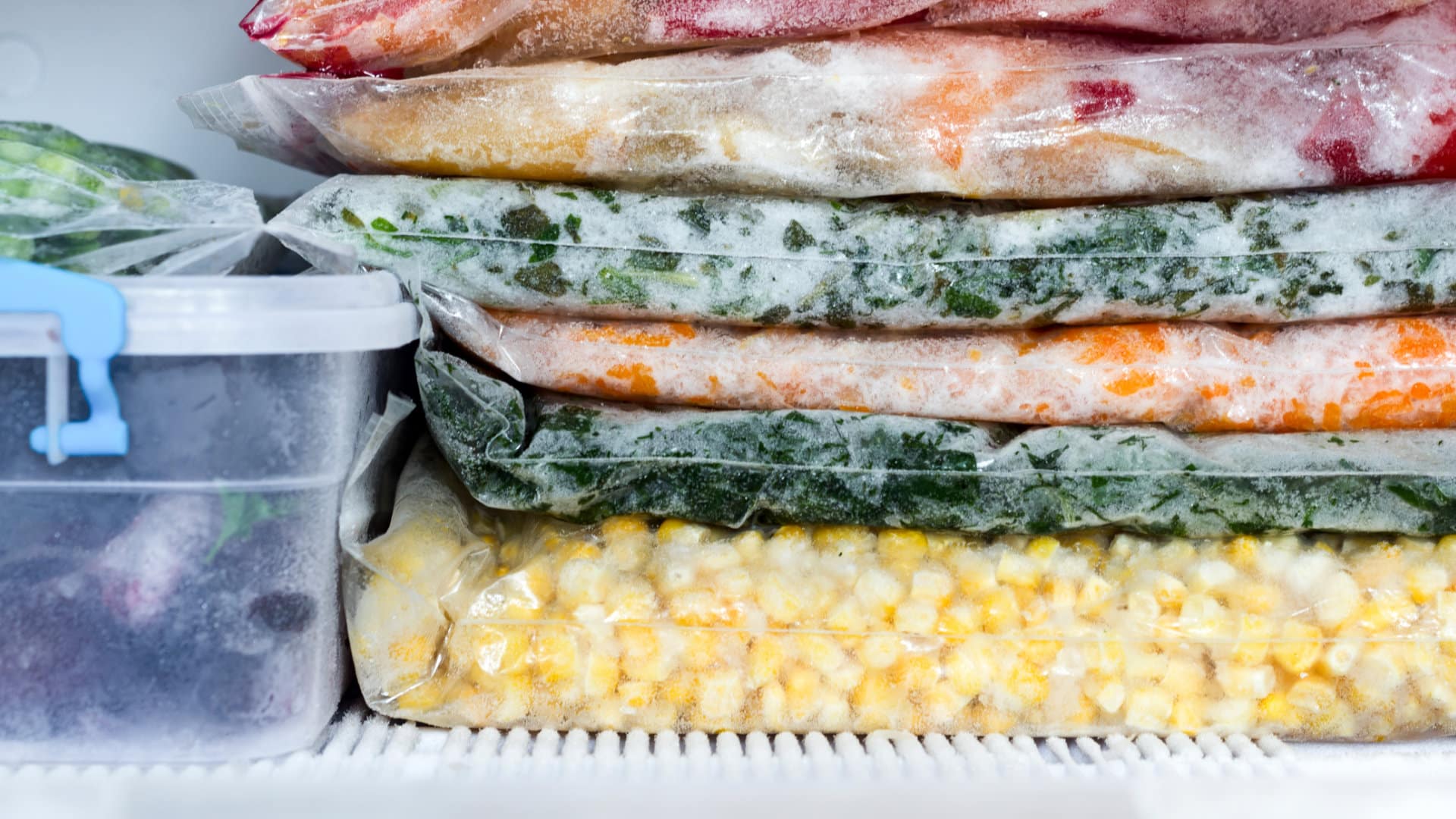
Freezer Working But Not Fridge? 5 Fixes

Speed Queen Washer Error Codes Explained
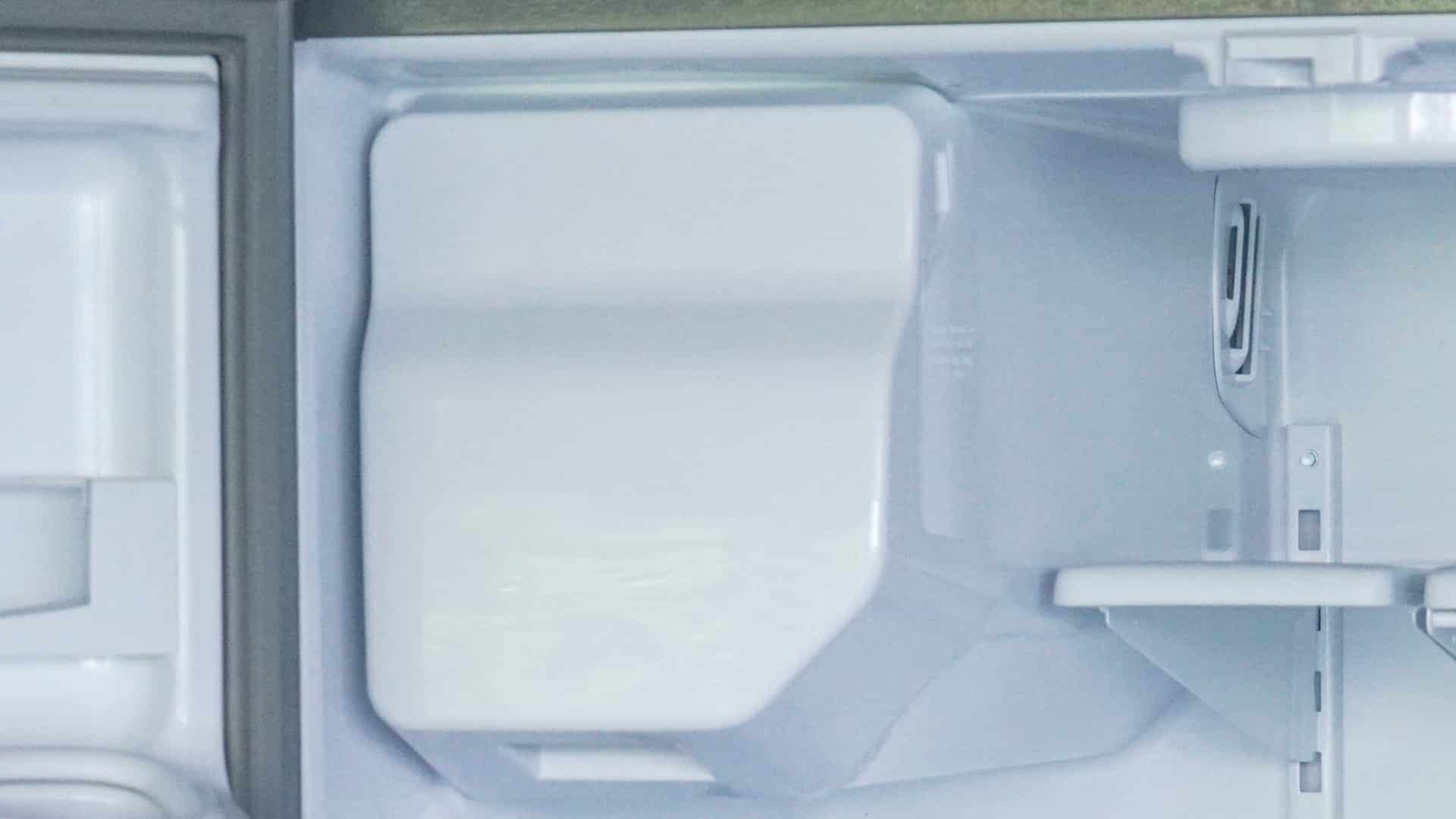
7 Reasons Why Your KitchenAid Ice Maker Isn’t Working

LG Oven F9 Error: Here’s How to Fix It

How to Replace an LG Refrigerator Air Filter

What Do Dryer Sheets Do?

How to Cook Corn on the Cob in the Microwave
